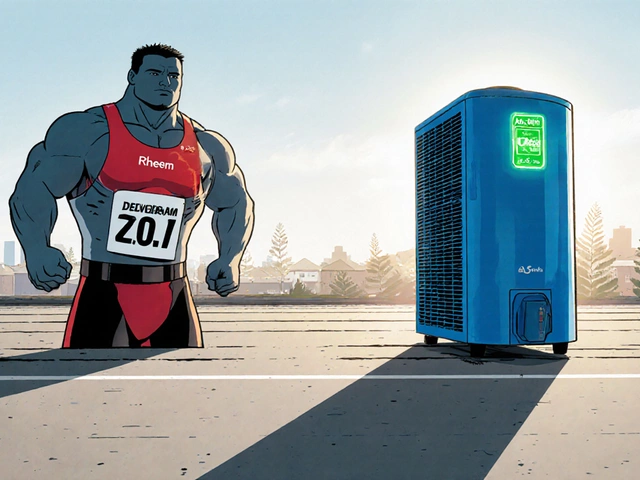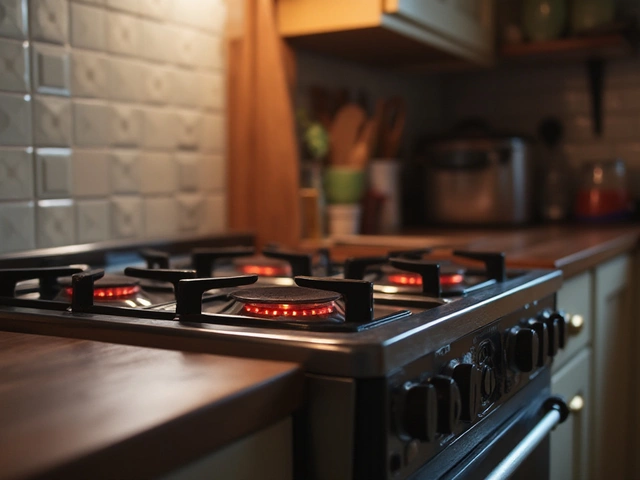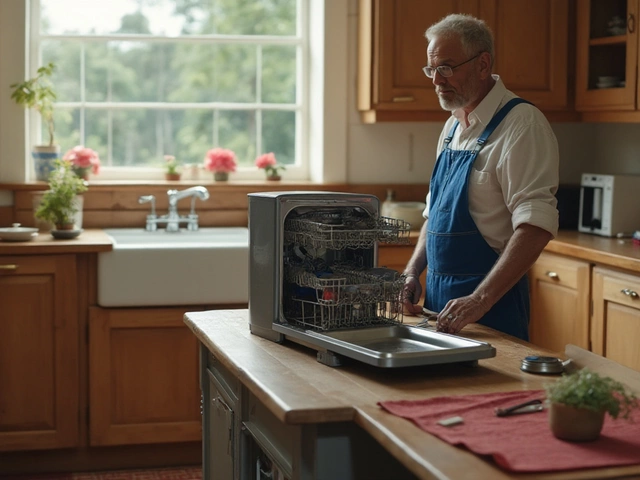How Do You Know When a Hot Water Heater Needs to Be Replaced?
November 20 2025Fix Microwave: Simple Steps to Get Your Microwave Working Again
Got a microwave that’s suddenly quiet, runs blank, or makes weird noises? You’re not alone. Most kitchen microwaves stop working for a few common reasons, and many of them are easy to diagnose before you pick up the phone.
Quick Checks Before You Tackle Anything
First, unplug the unit and give it a minute. A short power reset can clear a tripped safety switch. Next, look at the door latch – if it’s loose or the latch sensor isn’t clicking, the microwave will refuse to run. Pull the latch gently and make sure it aligns with the sensor on the frame.
Another easy win is the fuse. Microwaves have a high‑current fuse that blows when there’s a surge. Open the back panel (make sure the machine’s unplugged), locate the fuse (usually a small glass tube), and check if the filament inside is broken. Replacing a fuse is cheap and often restores power.
Common Problems and How to Fix Them
Microwave won’t heat. This is usually the magnetron, the part that creates the microwaves. Before you assume the worst, test the high‑voltage diode and capacitor with a multimeter. If either reads open or short, swap them out. Magnetron replacement is more expensive, so weigh the cost against buying a new unit.
Turntable stops turning. The motor or the turntable coupler could be at fault. Remove the turntable tray, inspect the roller guide for debris, and spin the motor shaft by hand. If it feels stiff, the motor likely needs replacement. Most models use a small brush‑type motor that’s easy to find online.
Strange noises or sparking. Look inside the cooking cavity for metal splinters, burnt food, or a damaged waveguide cover. Clean any residue with a damp cloth and replace a cracked waveguide cover – a cheap part that prevents the microwave from arcing.
Whenever you open the cabinet, remember the high‑voltage capacitor can hold a charge even after unplugging. Discharge it safely by shorting the terminals with an insulated screwdriver before touching any internal components.
If after these checks the microwave still won’t work, it’s probably time to call a certified gas engineer or appliance technician. Trying to fix high‑voltage parts without proper training can be dangerous.
In summary, start with the basics: power reset, door latch, and fuse. Move on to the diode, capacitor, and magnetron if the unit still refuses to heat. Keep safety first, and you’ll either get your microwave humming again or know exactly what a pro needs to replace.
 2 May
2 May
Microwave Oven Repair: How Easy Is It, Really?
Thinking your microwave might just be an easy fix? This article breaks down what you can actually handle yourself, and what stuff really needs a pro. Find out which tools and skills are needed, which parts are most likely to fail, and what’s honestly too risky for a home repair. You'll get straightforward tips, safety warnings you shouldn't ignore, and some surprising reasons microwaves stop working. Save time, money, and maybe a little frustration before you decide whether to grab your toolbox or call in the cavalry.
Read More...



